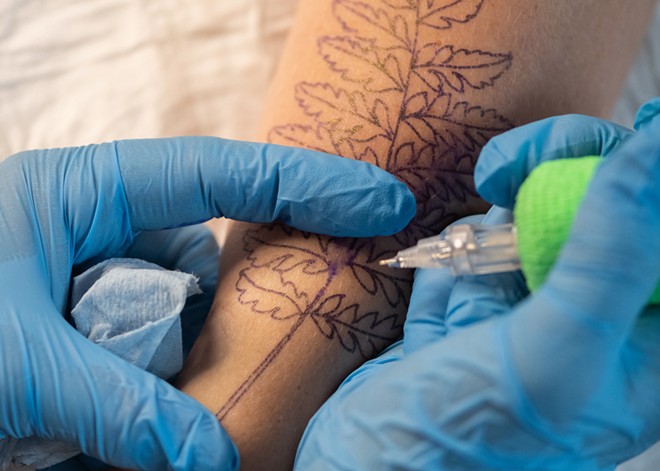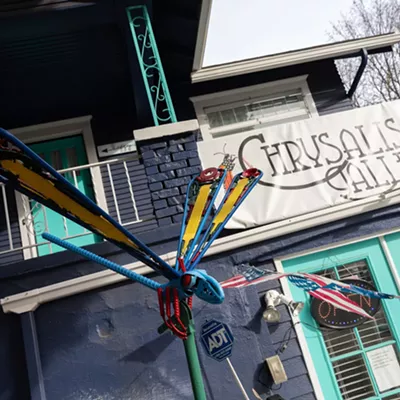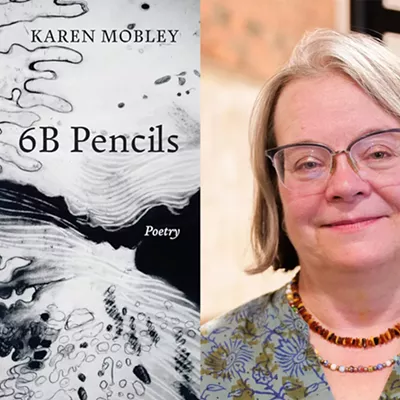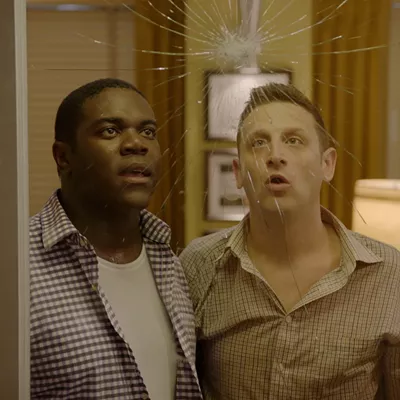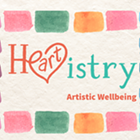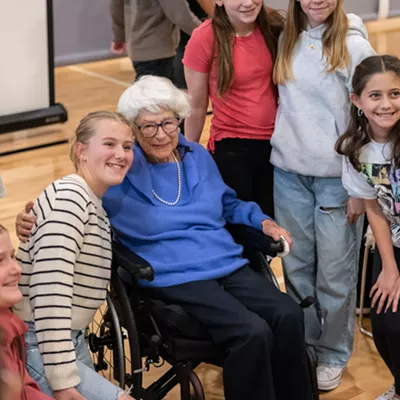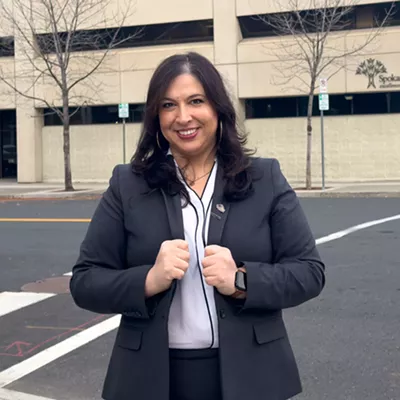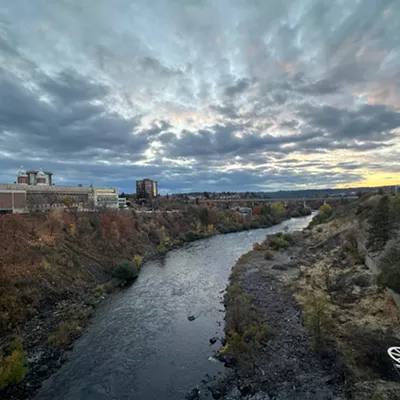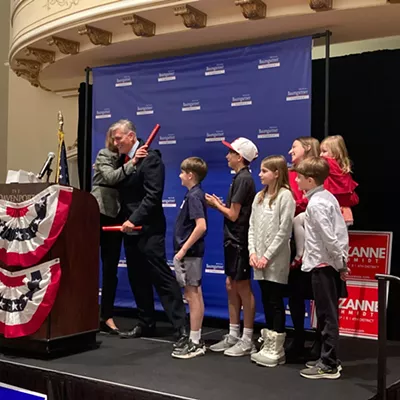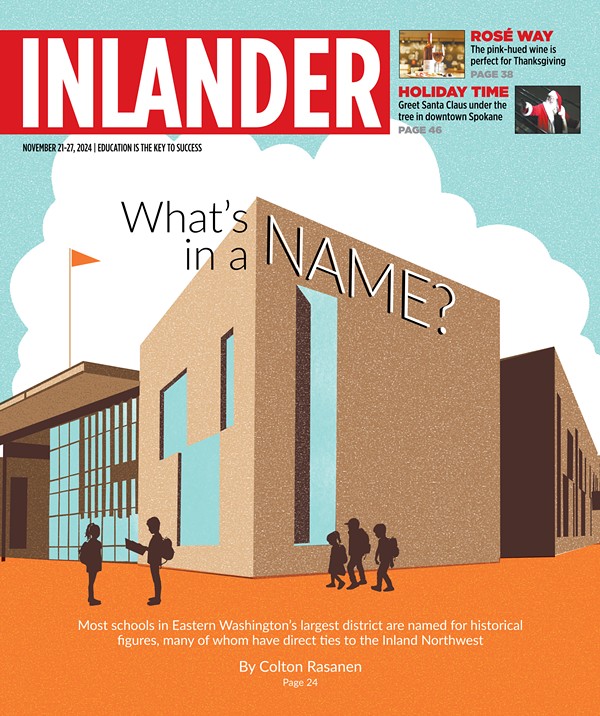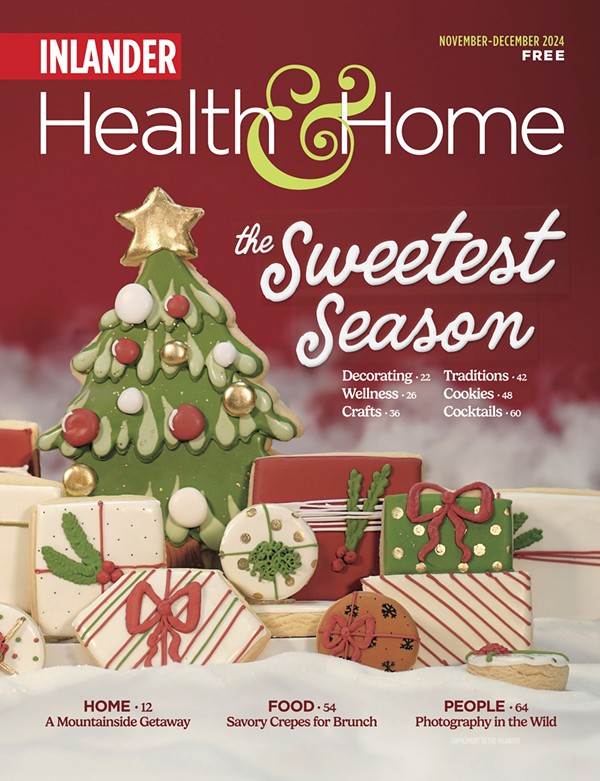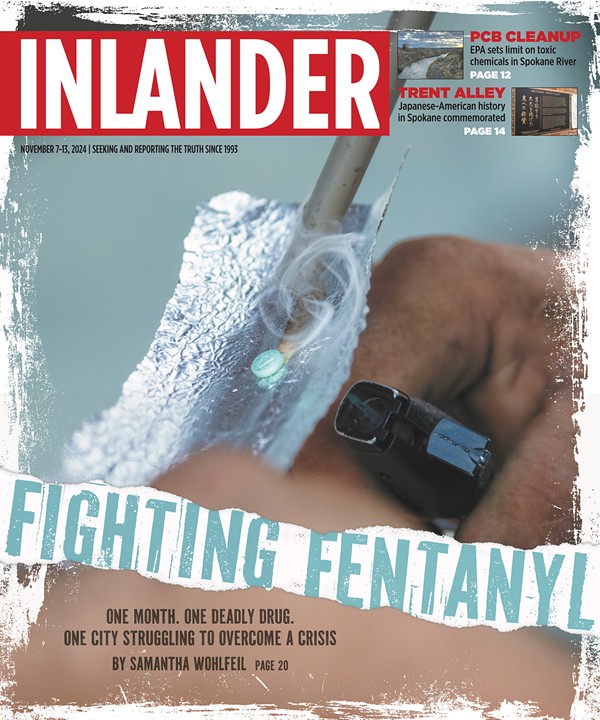Humans have been filling their skin with ink for thousands of years. In 2015, archaeologists found the body of a 5,000-year-old tattooed man frozen in glacial ice.
However, what we would consider modern-day tattooing has only been around for the last century or so. And for most of that time, having tattoos was often considered taboo.
Caleb Frey, owner of On the Level Tattoo, has been a tattoo artist in Spokane for the last 30 years. In that time, he's seen public perception of tattooing evolve drastically.
In 2012, a Harris Poll reported that 21% of American adults had a tattoo, up from 14% in 2008. Even back in 1936, a Life Magazine article claimed that roughly 1 in 10 Americans had a tattoo.
Compare that to today, when at least 32% of American adults have a tattoo, and 22% have more than one, according to a 2023 Pew Research Center survey. The data reveals a deeper look into who's getting tattoos, too.
For example, more women (38%) reported having tattoos than men (27%), and gay, lesbian and bisexual folks (51%) have more tattoos than their straight counterparts (31%). Age also seems to play a part in this trend, with about 44% of people under age 50 having tattoos while only about 20% of those over 50 have them.
In the '90s, Frey says, people with tattoos had trouble even being seated at a restaurant.
"If you were heavily tattooed and you went to a restaurant, you were always seated by the bathroom or an emergency exit," Frey says. "You were not allowed to sit in the middle of the restaurant."
Frey also recalls going to the doctor with a dislocated shoulder and a broken rib (and a bunch of tattoos) and subsequently being told that there was nothing wrong with him.
"[Doctors] assumed if you had tattoos you wanted drugs," he explains. "It was like that up until about 10 years ago."
Frey estimates that negative attitudes toward the practice only began to dissipate when, about a decade ago, an influx of younger tattooed people became more visible in such places as a doctor's office or a restaurant.
Beth Swilling, a tattoo artist for 20 years now and the owner of Mom's Custom Tattoo & Body Piercing, thinks it goes a bit deeper than that.
"Tattooing is the most affordable way for your average person to get custom artwork," she explains. "There's nowhere else an artist can infuse their creativity directly into the community like they can with tattooing."
22% American adults with more than one tattoo.
56% Women ages 18 to 29 with a tattoo.
51% Americans who identify as lesbian, gay or bisexual with at least one tattoo.
69% Adults who say their tattoo is a memorial or honor.
19% Americans under 30 who say it’s extremely or very likely they’ll get a tattoo.
39% Black Americans with a tattoo. Comparatively, 35% of Hispanic, 32% of white and 14% of Asian Americans have tattoos.
Pew Research Center data
Since tattoos have become more mainstream, many aspects in the industry have changed, too, from the types of tattoos people are getting nowadays and the way shops are run to the types of tools used in the practice.
There used to be flash racks all over shop walls, and tribal armbands were among the most popular designs. Today, Frey says, styles have shifted to simpler, trendy tattoos.
"The internet is probably dictating a lot of that because people see something online, and they think, 'Oh, I want that,'" he says.
Swilling agrees that a lot of people are more interested in smaller tattoos, often drawing their inspiration from the internet, namely Pinterest.
"Today you'll see more people who will dedicate an arm to a bunch of little tattoos," she says. "I think of them almost like collectibles."
Another noticeable industry change is how shops are operated. Instead of artists being employees of a shop, and the shop taking a cut of their sales, many places just charge artists monthly rent, usually around $1,000, Frey says. This gives artists more freedom in their schedules and allows them to tattoo as much or as little as they'd like.
Artists are even using different tools today than they did a few decades ago. In the past, artists had to make their own needles to be used with old coil machines. Now though, tattoo guns are much more sophisticated and sleek, with a handful of options for artists to choose from, including battery-powered machines.
So what's in store for the future of tattooing? While that's mostly unknown, Swilling thinks there may be a day when we have robots that do all the tattooing for us.
"We'll have to see, I don't know if that'll happen in my lifetime," she laughs. "I mean, robotics have to get really, really, really good to take over tattooing someday."♦

